by Janis Blackschleger, June 30, 2014
Famously known as the world’s first garden dedicated exclusively to a single genus – Rosa – La Roseraie was created over a century ago by Jules Gravereaux, with an initial collection of 1600 roses and an overall classic French formal garden design by Édouard François André.
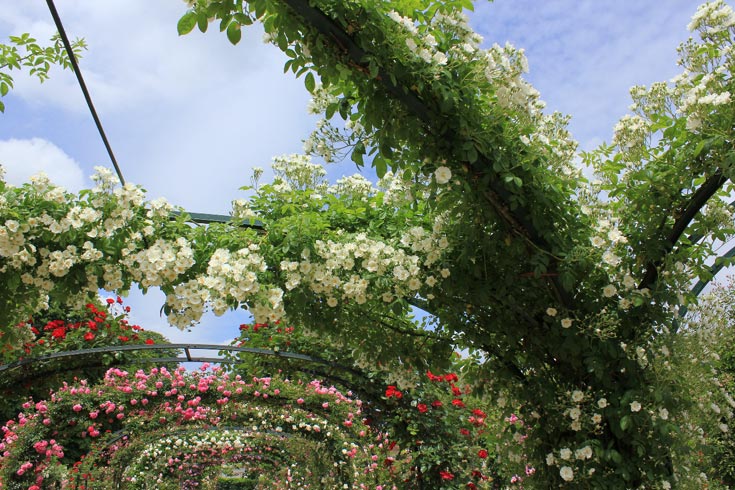
Ebullient, fragrant, white floral cascades of Rosa ‘Rambling Rector’ arch overhead
at the intersection of two grand rose allees (also shown in the wide shot below.)
The forerunner of modern climbing roses, ramblers are aptly named; their profusion of bloom, long canes and vigorous, pliable habit are on a grand scale. ‘Rambling Rector,’ whose breeder and precise parentage remain unknown, has been a garden star since its introduction in 1912 in the United Kingdom.
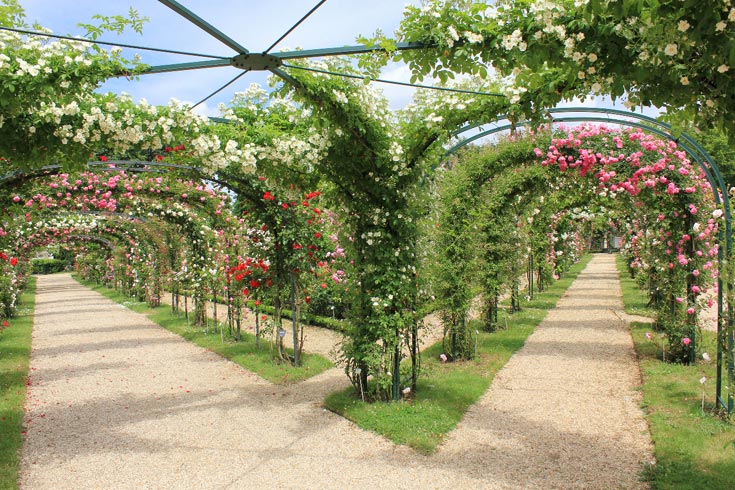
“Many lovers of the Rose will, I think, consider as I do –
that the Rose garden should not be made for ourselves alone
but also for the Rose.” – Jules Gravereaux
The early 1900’s were a time of great development and favor for rambler roses in Europe and America. Rambling roses were among the thousands of new roses added to La Roseraie, where Jules Gravereaux aimed to collect and grow every known rose in the world.
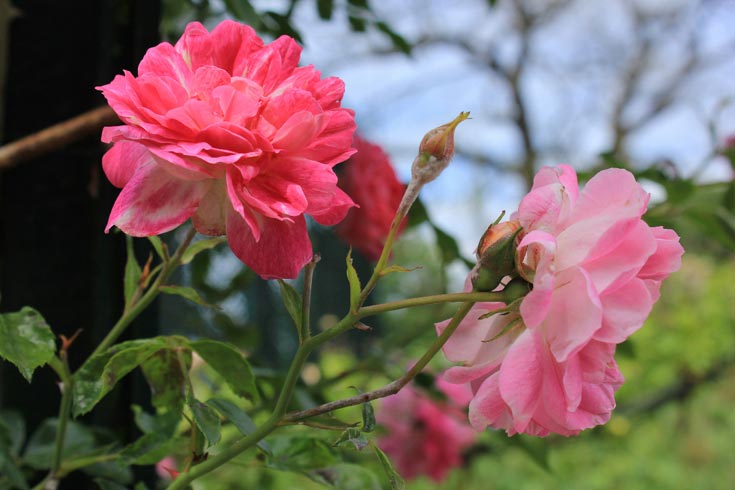
In 1910 Jules Gravereaux chose Rosa ‘Alexandre Girault’ to create a spectacular focal point for La Roseraie’s new central garden – The Rose Garden ‘à la française’ – where roses of a single variety are planted in large, monochromatic swaths.
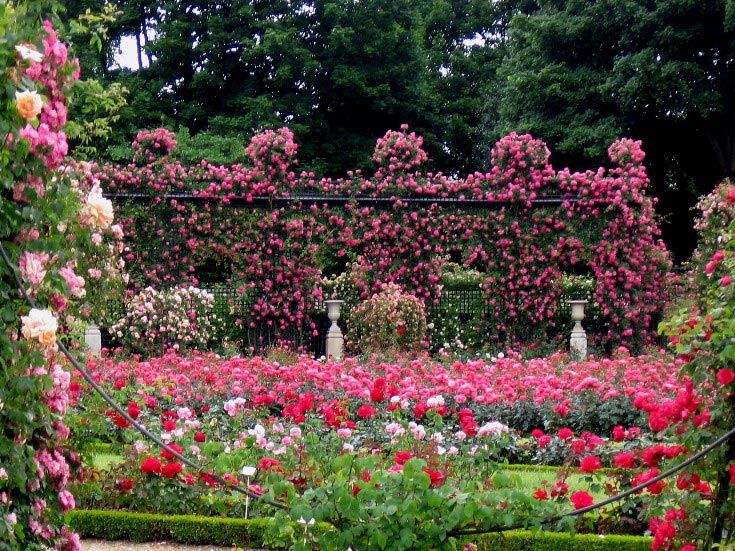
Photo Credit & ©: Etienne Bouret, Heritage Rose Foundation
The magnificent metal-trellised dome and side wings awash in ‘Alexandre Girault’ have become the most iconic image of La Roseraie the world over. (The far right wing is shown in this photo; an aerial view in the next photo shows the grand scale of the famous trellis dome structure.)

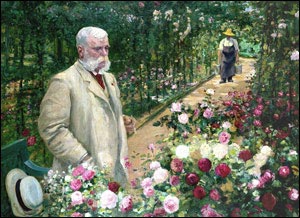
Jules Gravereaux became a well known rosarian and hybridizer.
He also was influential in the creation of La Roseraie de Bagatelle (1906) and in the restoration of Empress Josephine’s once famous rose collections at Château de Malmaison (1911).
‘La France’ was a breakthrough in decades of passionate breeding and cross-breeding of roses – in pursuit of remontant or repeat flowering roses.
1867 marks the official start of the “Modern Rose'” era; all roses in cultivation before 1867 came to be classified as “Old Roses.”
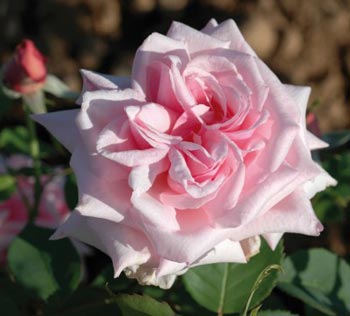
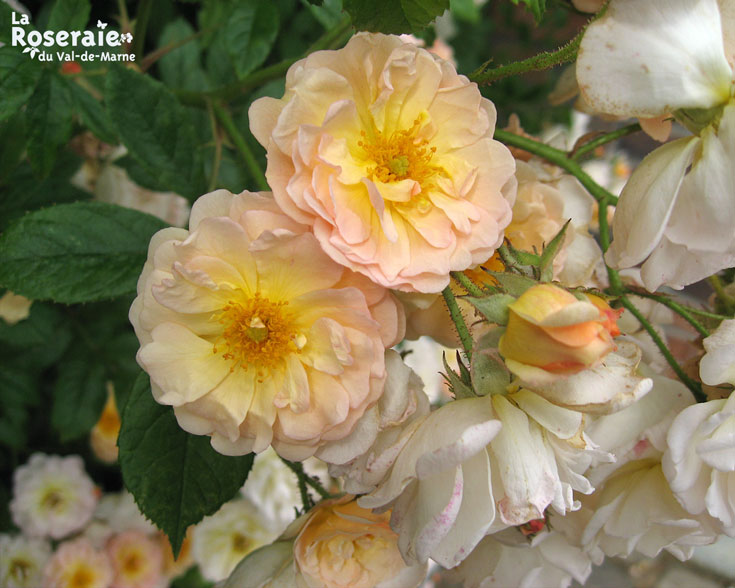
Cluster of Rosa ‘Ghislaine de Féligonde’ blossoms shown in close-up, above; rambling in abundance, below.
It’s no exaggeration to say that every rose in La Roseraie’s collections has a story to tell. Rosa ‘Ghislaine de Féligonde’ was created in the early 20th century by Orleans rose grower Eugène Turbat. A hybrid Multiflora/ Wichurana rambler, ‘Ghislaine de Féligonde’ produces showers of flowers in clusters with 1o to 20 blooms — an exceptional number.
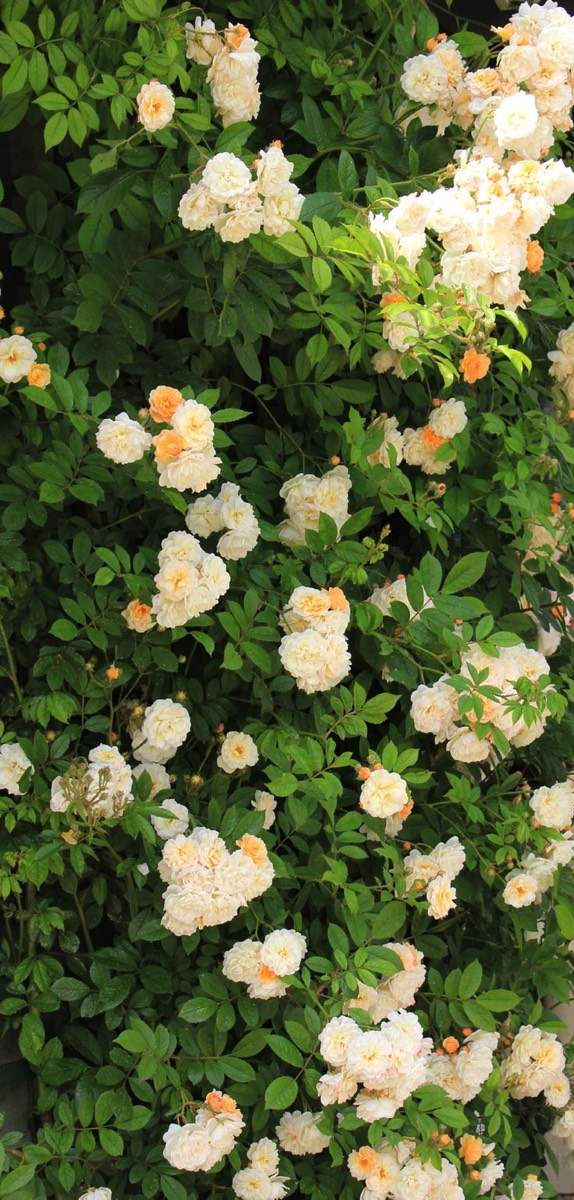
Introduced in 1916 in Paris in the international rose competition – Concours International de roses nouvelles de Bagatelle – the rose was awarded a certificate of merit and was named by the competition’s founder, Jean-Claude Nicolas Forestier.
Bagatelle’s Concours International was the world’s first international competition for new roses — begun in 1907 with the introduction of 148 new varieties presented by 27 rose breeders from France and 31 from around the world.
Bagatelle Concours 2020 awarded first prize to the multiple flowered Rosa ‘Un Grand Salut’ by Viva International, Belgium. (Below)
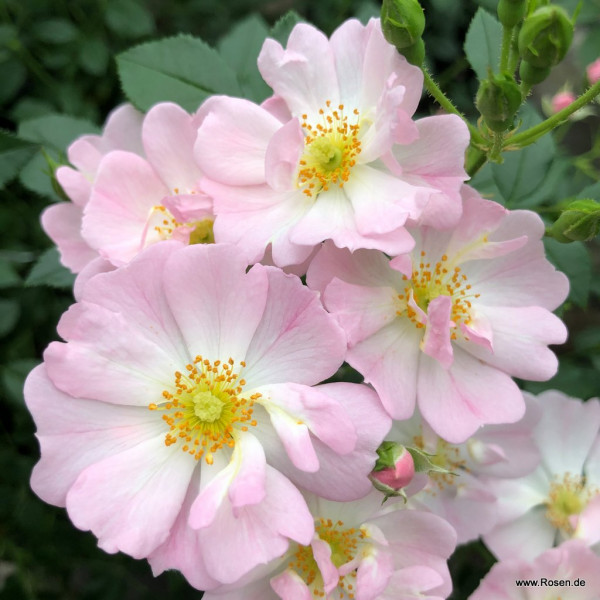
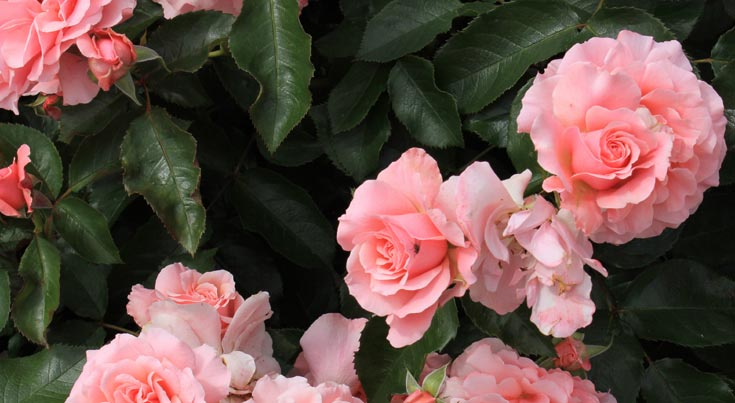
Floribundas were a new class of roses introduced in 1907 by Danish rose breeder Dines Poulsen, which he developed by crossing hybrid teas, for floral beauty and color range, with polyantha roses, for profusion of bloom. The name for this new class of roses — Florabunda — came many years later, in 1930.
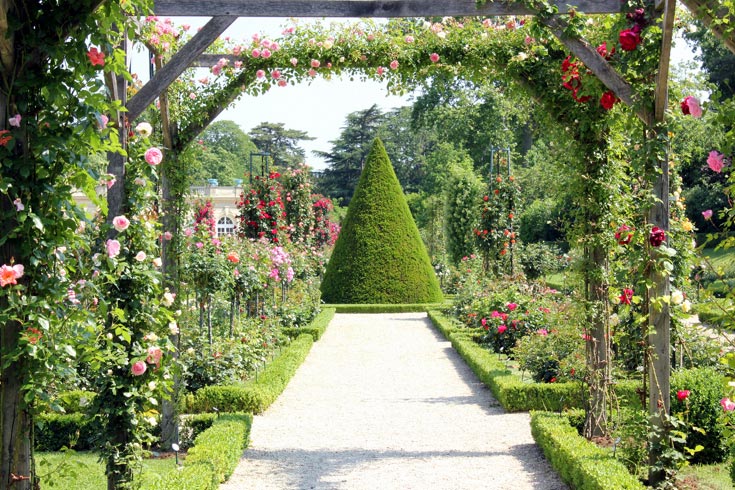
Forestier – a highly respected landscape architect with modernist, trans-formative concepts for the city’s public gardens and urban environs – set out immediately to redevelop the grounds and gardens of Bagatelle.
To help realize his concept for a new public rose garden in Paris, Forestier turned to none other than Jules Gravereaux; Gravereaux selected and donated 1,200 rose varieties to Forestier for the new roseraie at Bagatelle. A contemporary of Forestier’s and Gravereaux’s – American Candace Wheeler – proclaimed of the rose . . .
It is curious, when one comes to think of it,
how large a space the rose idea
occupies in the world. . . .
It has almost a monopoly of admiration.”
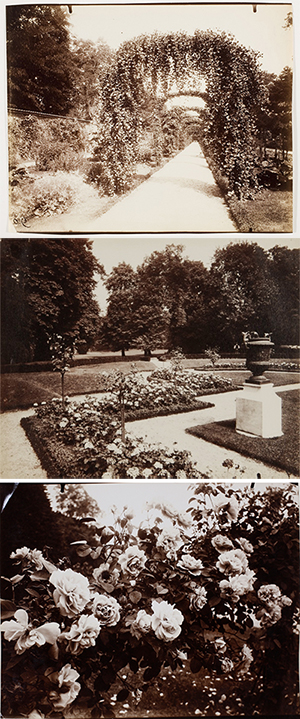
1910-1921 — Parc de Bagatelle
by Eugène Atget
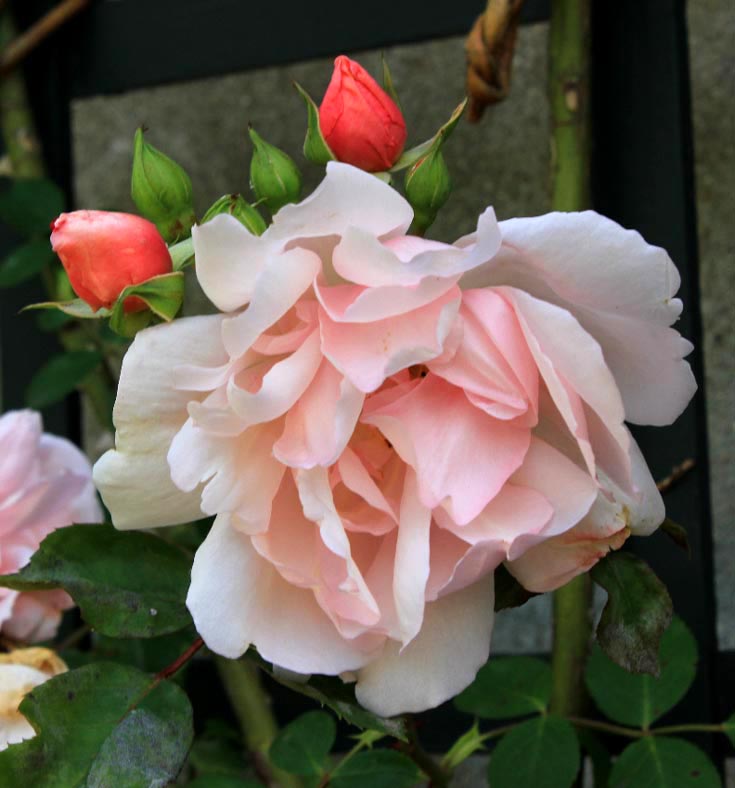
Rosa ‘Albertine’ is a vigorous rambler introduced by René Barbier in 1921,
and awarded a certificate of merit at Bagatelle in 1923.
‘Albertine’ continues to be one of Barbier’s most popular, award-winning ramblers. Flowering abundantly in early summer with bouquets of five to ten roses, Its dark coral buds open to large, sweetly perfumed double blooms with gracefully hanging light coppery pink petals, on long, rigorous canes, with glossy green leaves and recurved, wicked thorns.
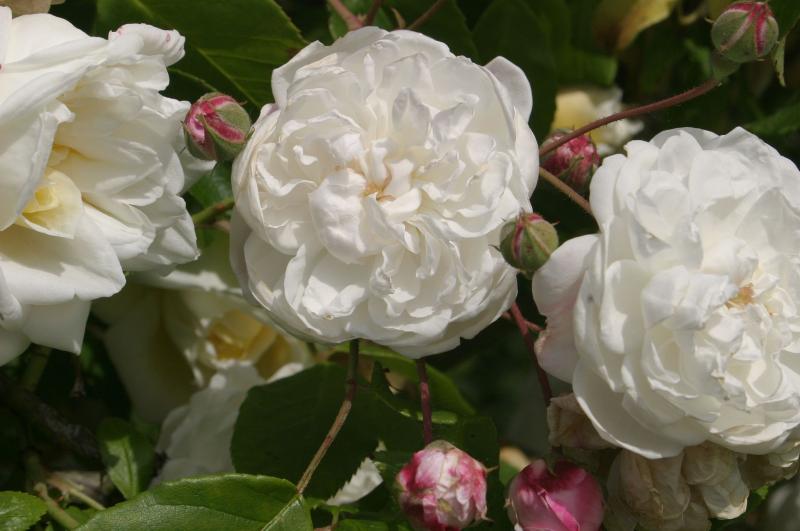

Photography of La Roseraie’s grand allees and Bagatelle, and
Rosas ‘Albertine’, ‘Alexander Girault,’ ‘Botticelli’ by and © Lynn Scott Smith.
Here, Lynn reflects on the experience of being in and amongst the roses.
“The pendulum of my attention seemed to swing wildly
from the fascination with a particular rose to the canvas as a whole,
the living tapestry of luminosity and color.
The architecture receded, as if by slight of hand,
and it was only in retrospect that I realized how strong it had been –
varied and sometimes massive structures
that defined and contained the space, huge intricate trellises,
precious pergolas, vaulted ceilings, substantial walls, pillars, gates, windows.
Single rose blossoms stood out within a sea of blossoms,
individual petals, sprays of fleurs among a million sprays.”